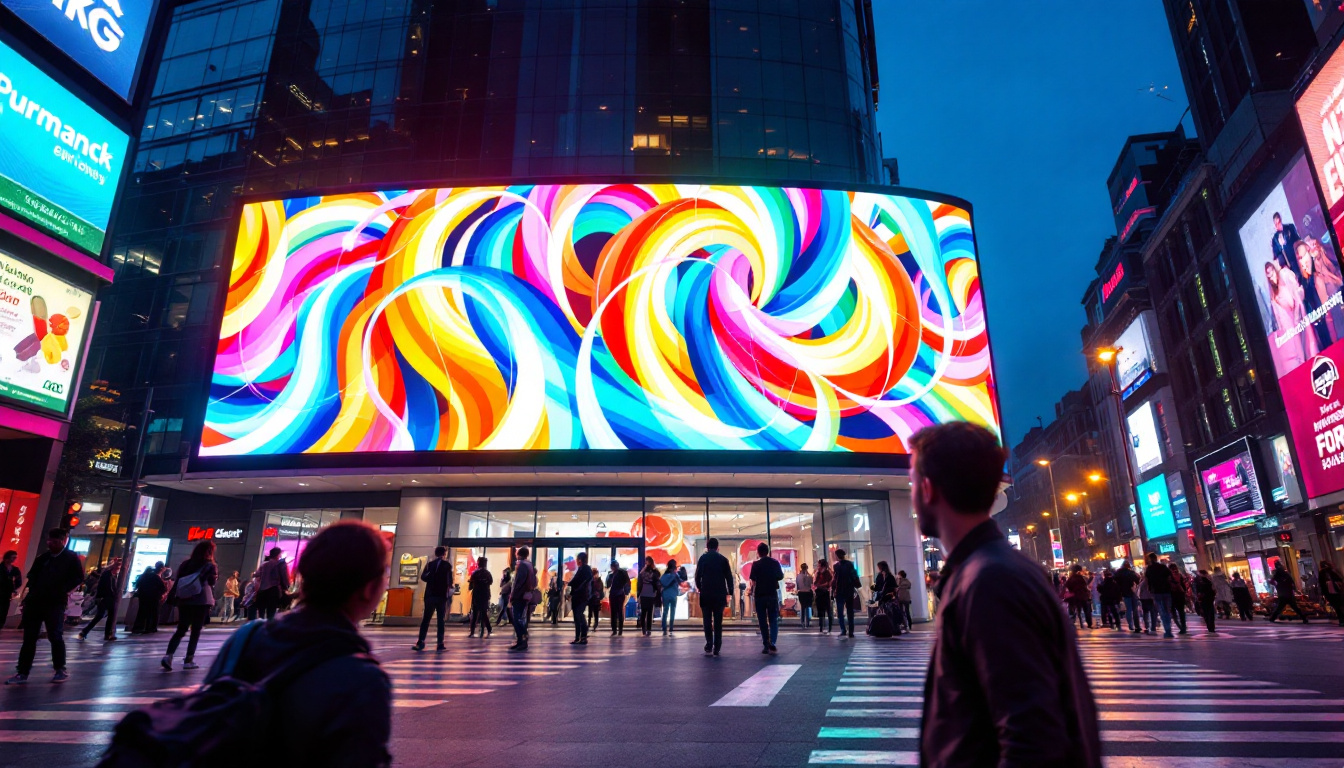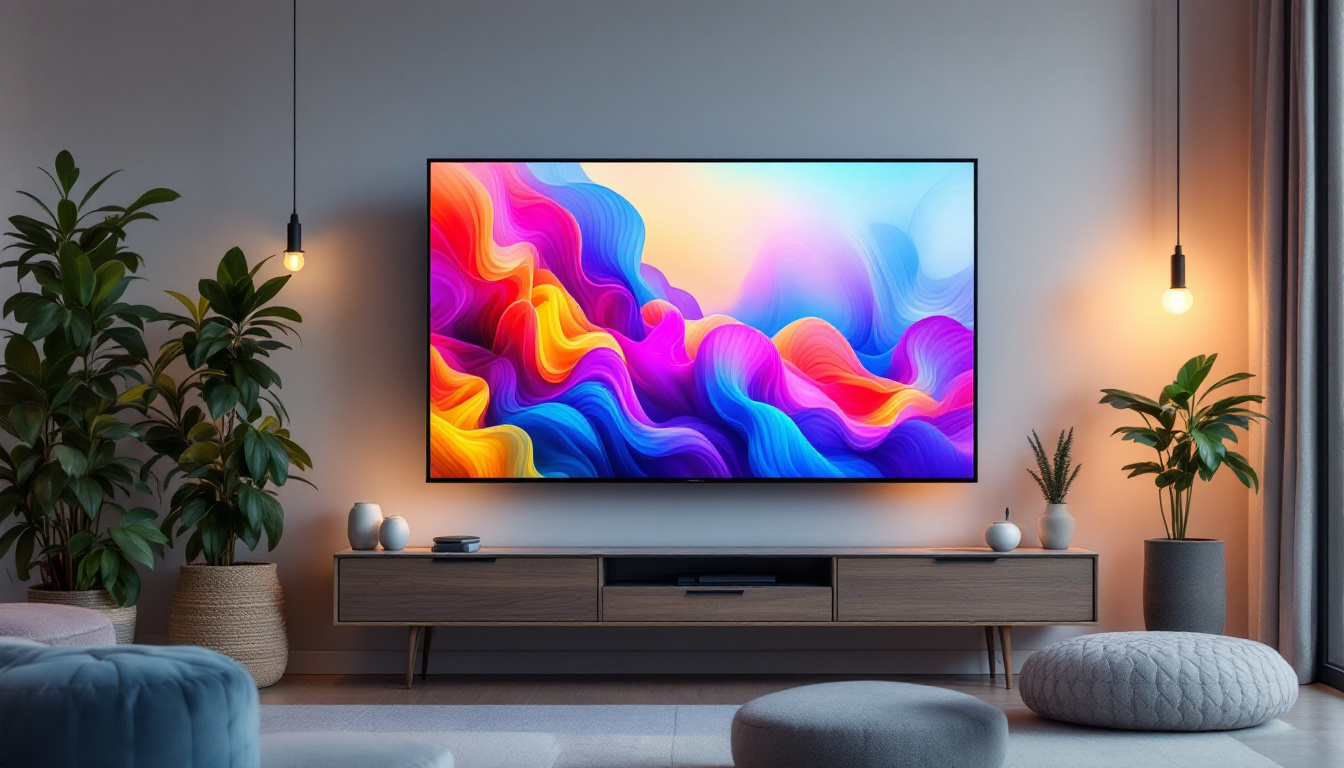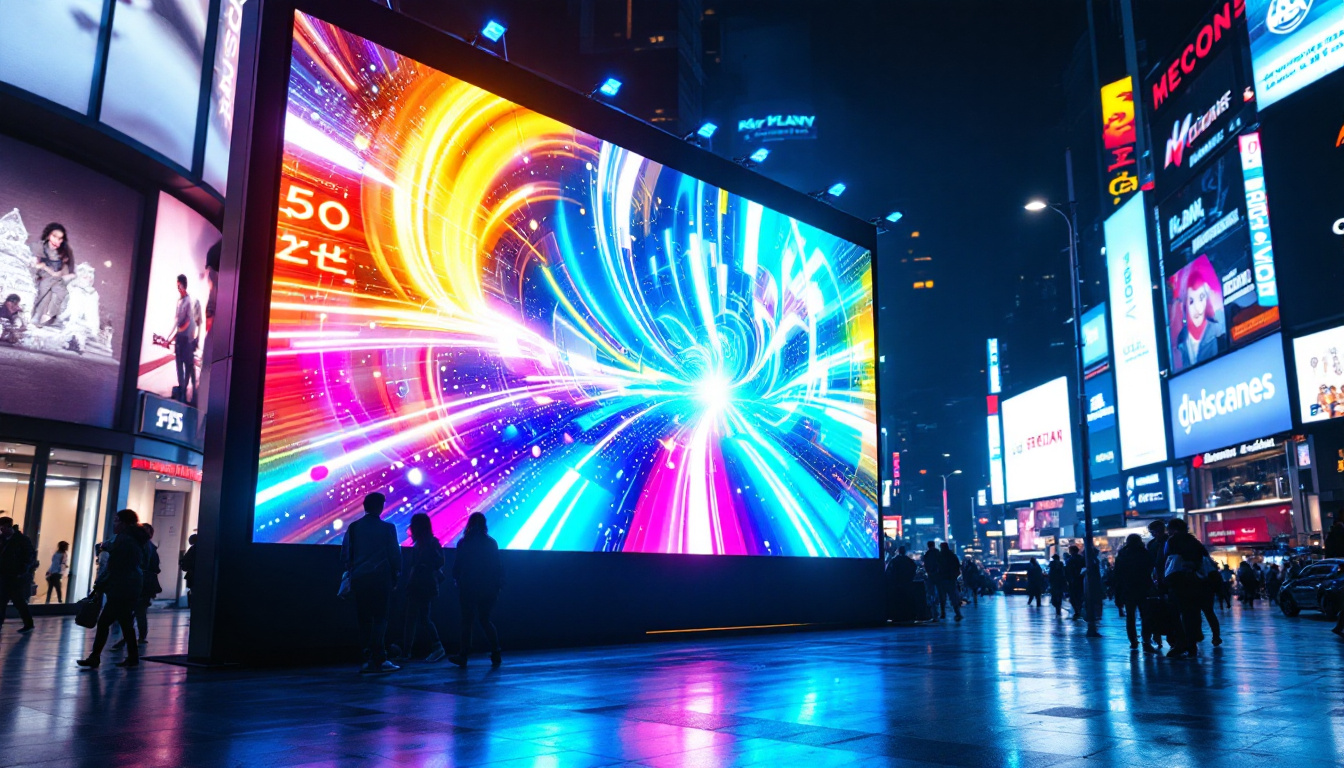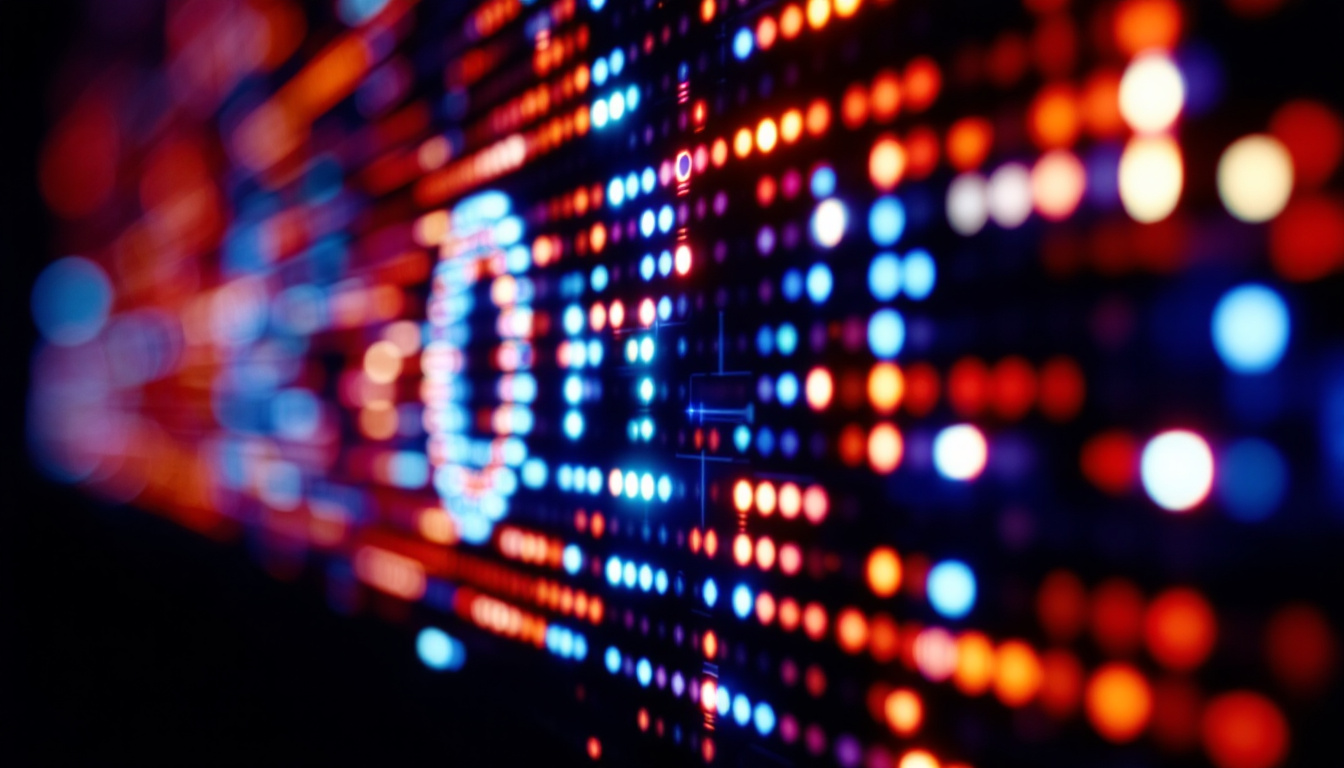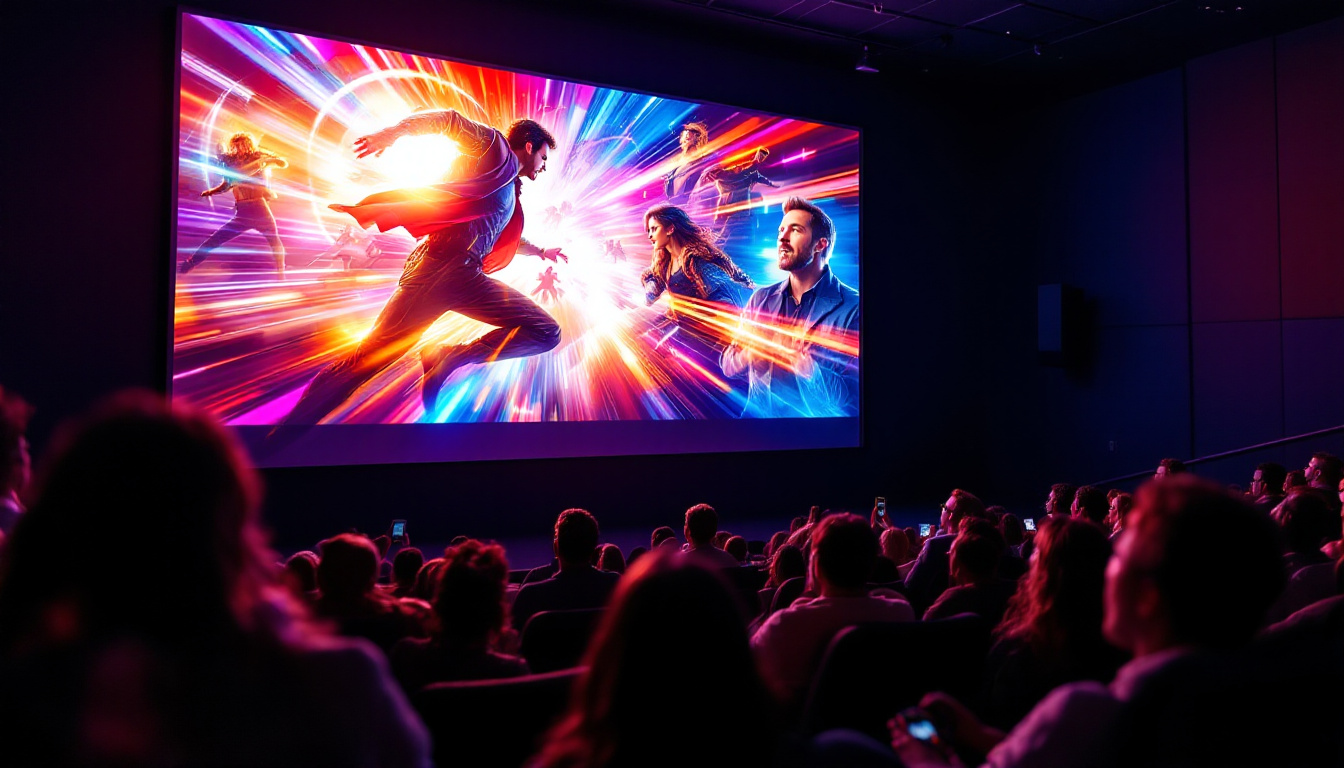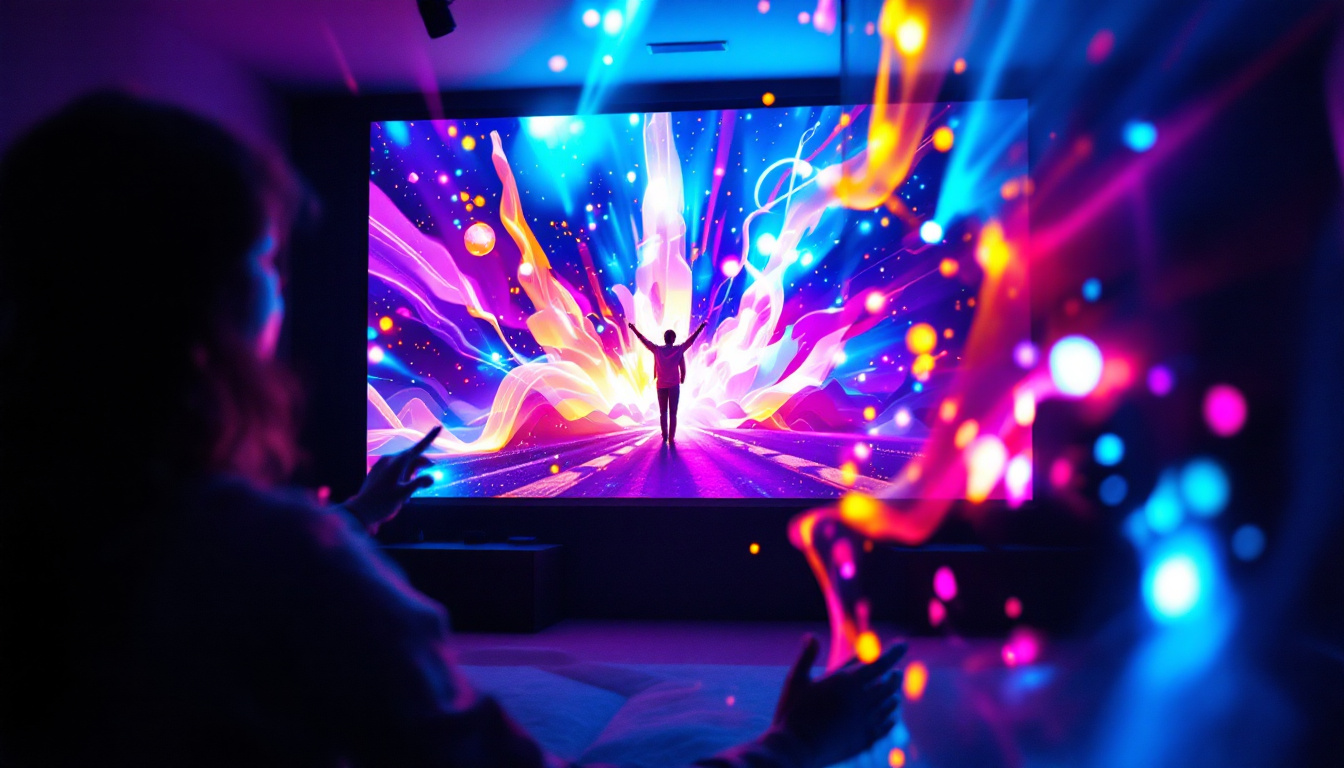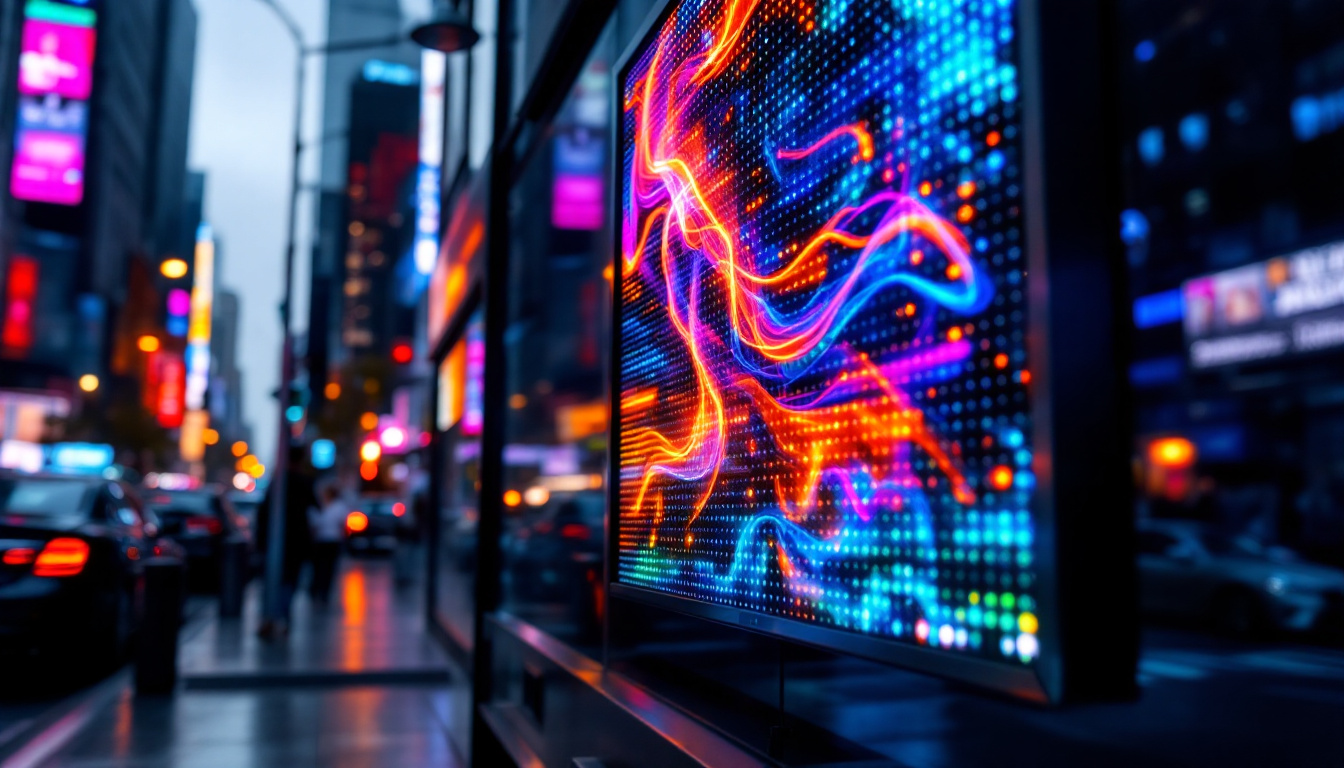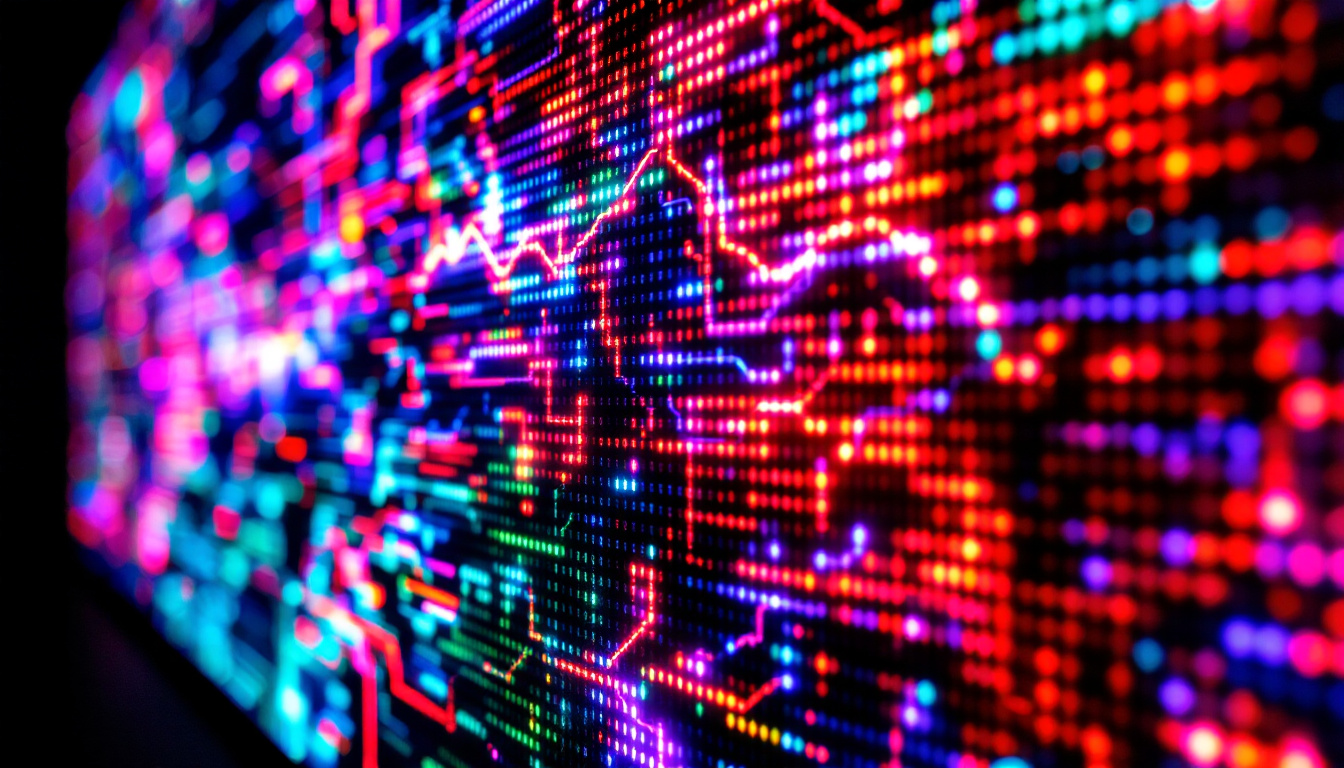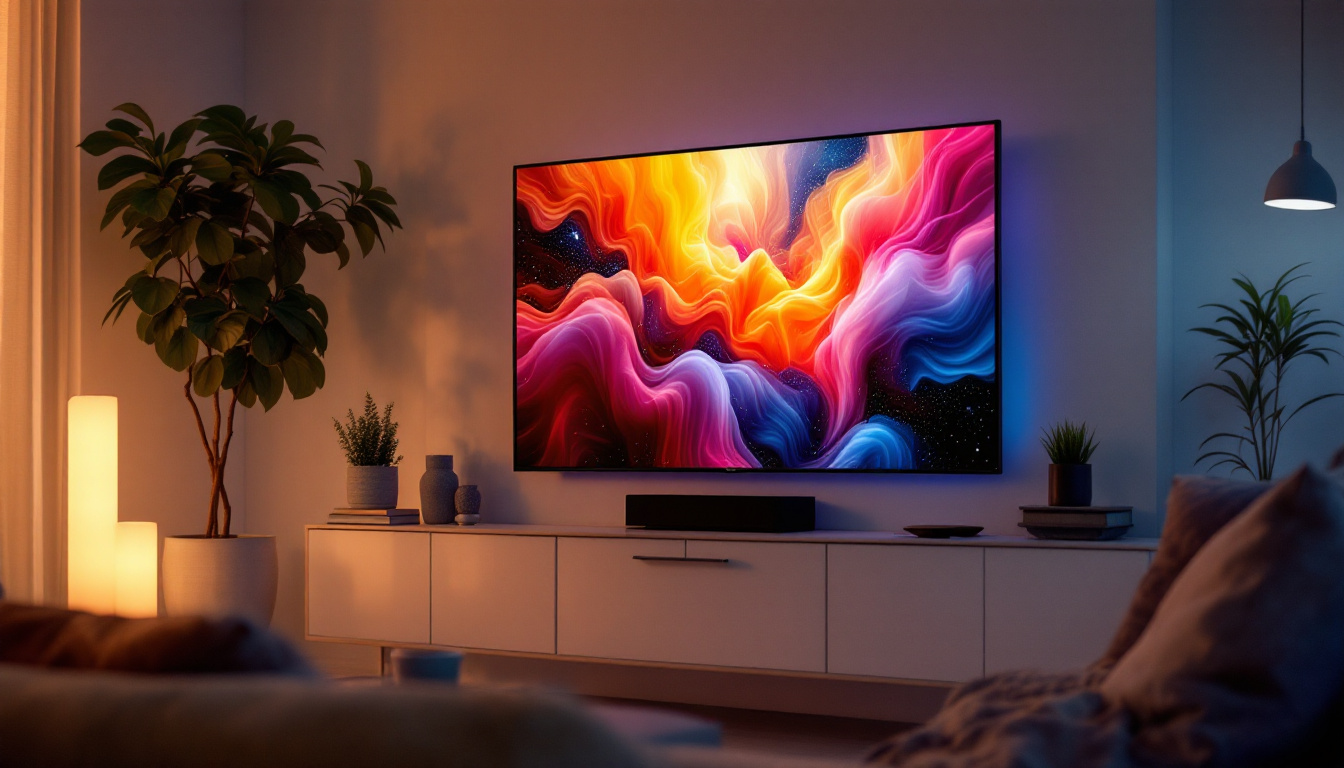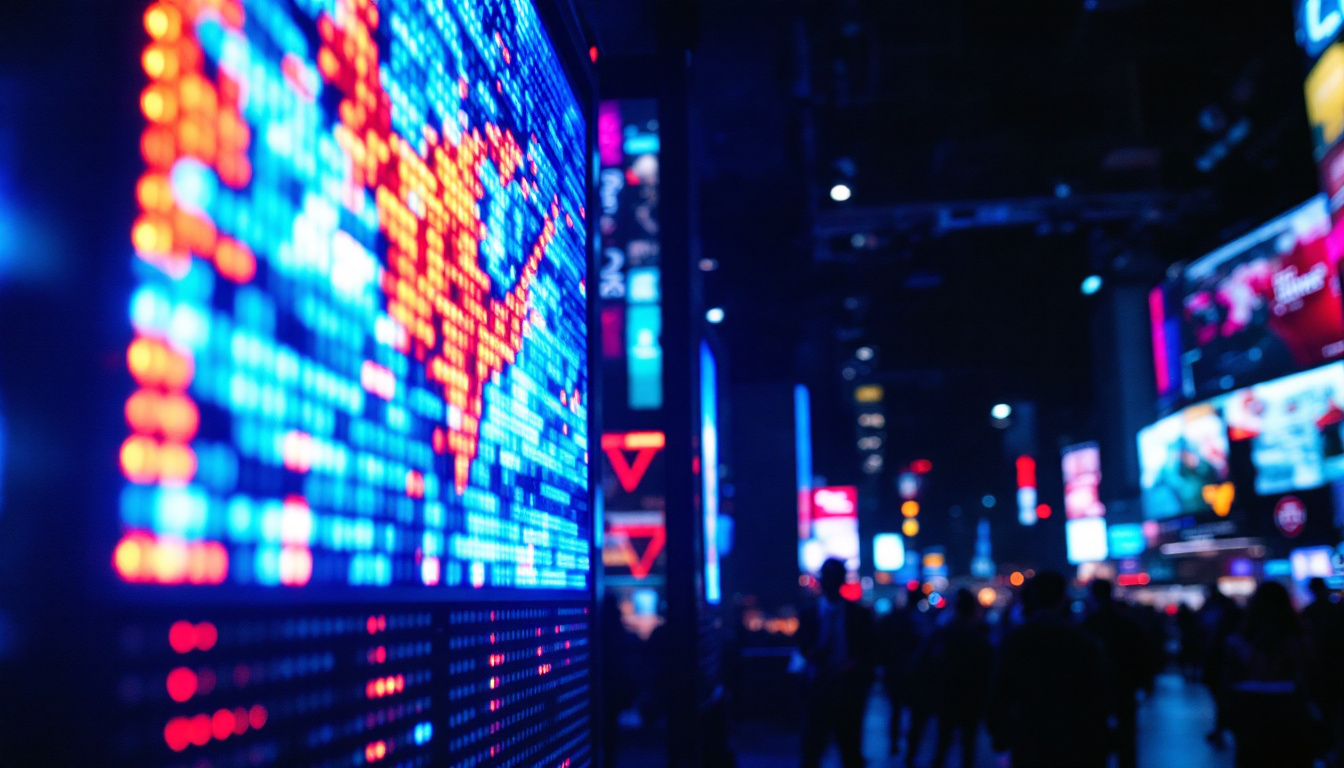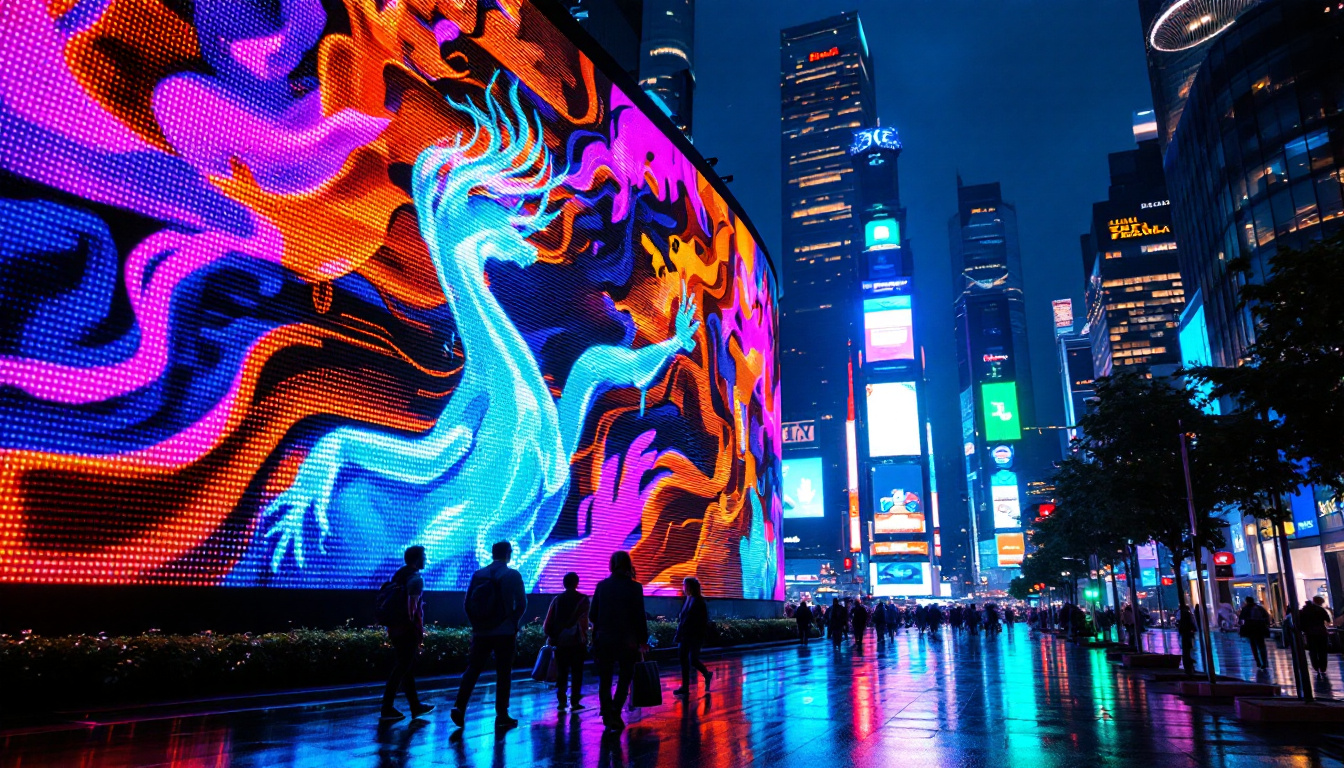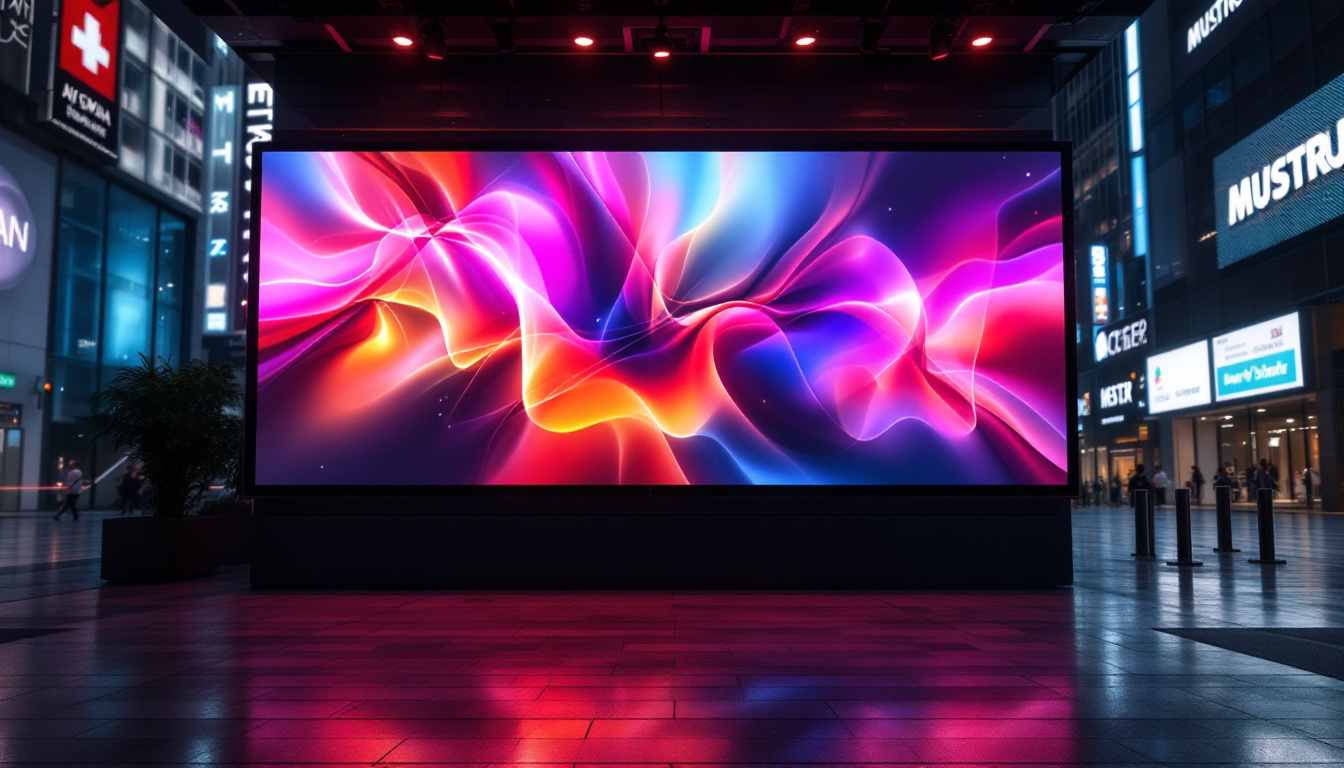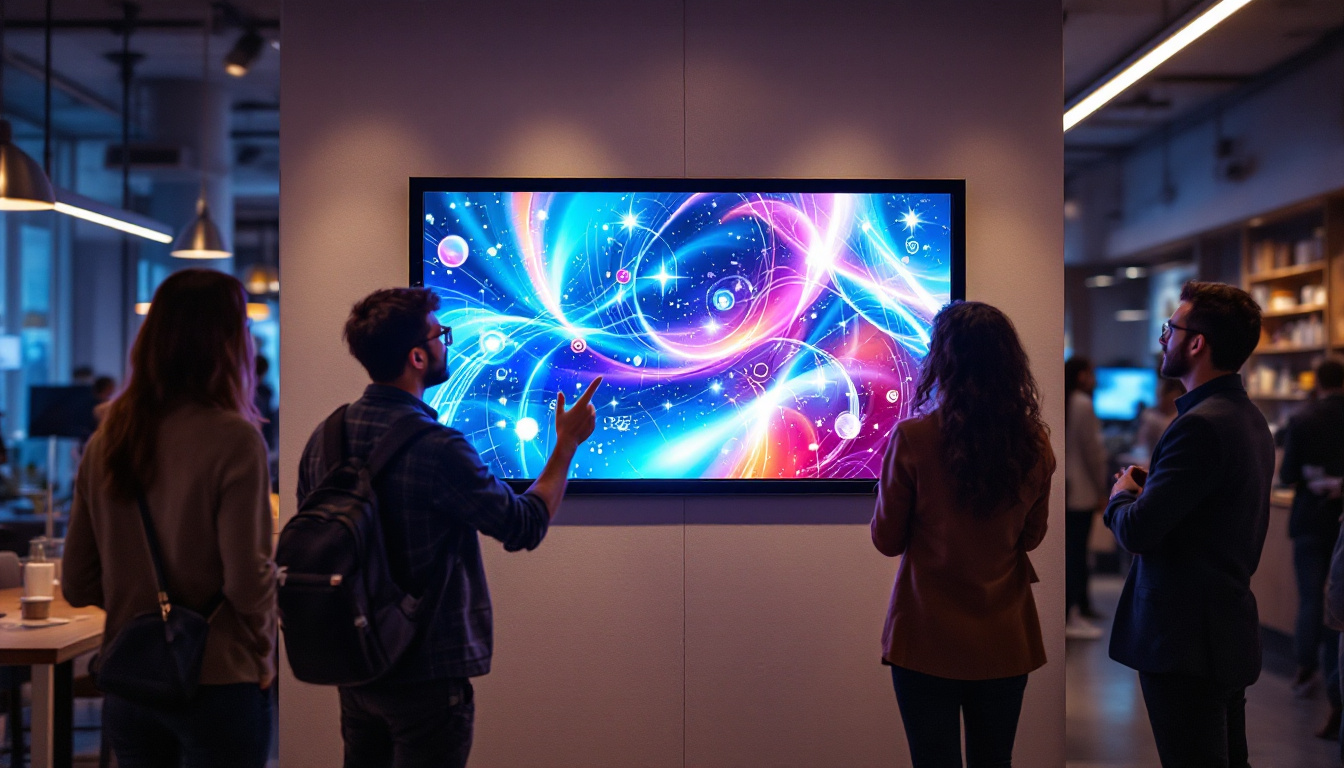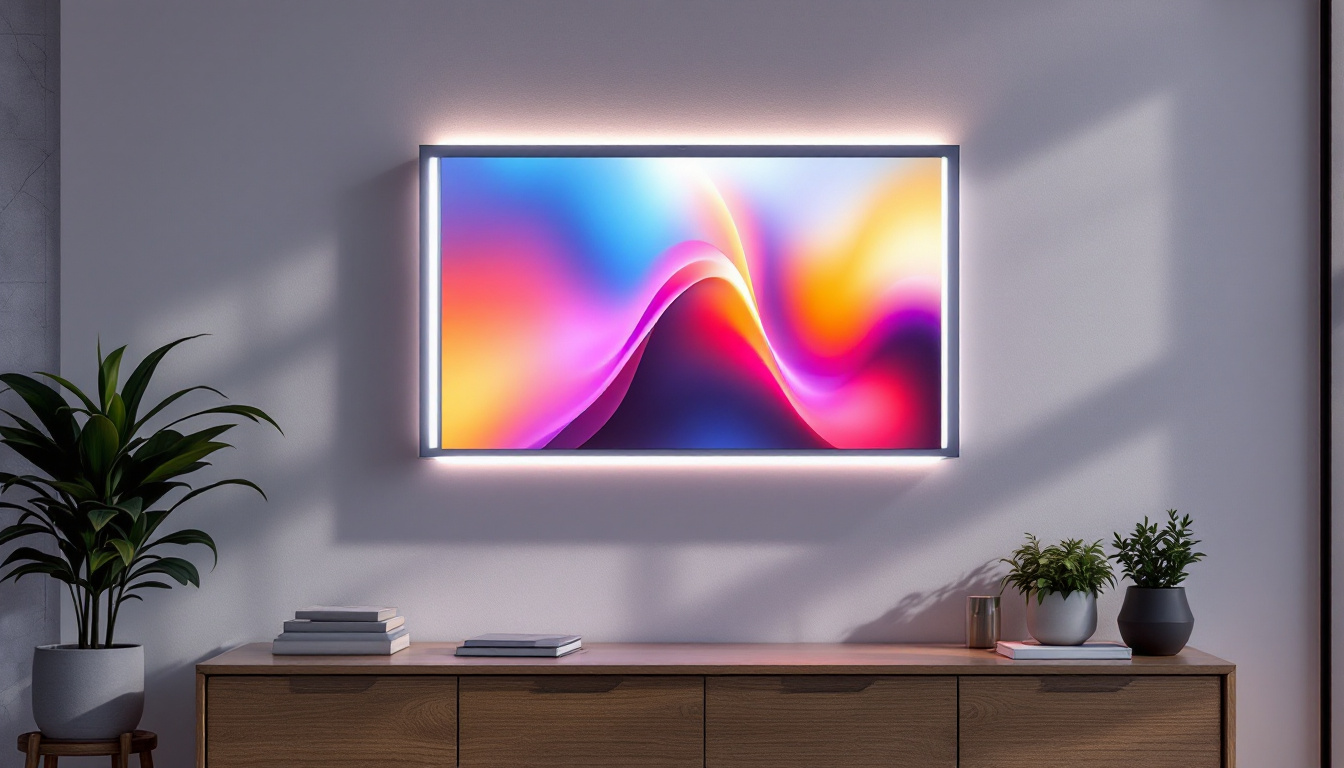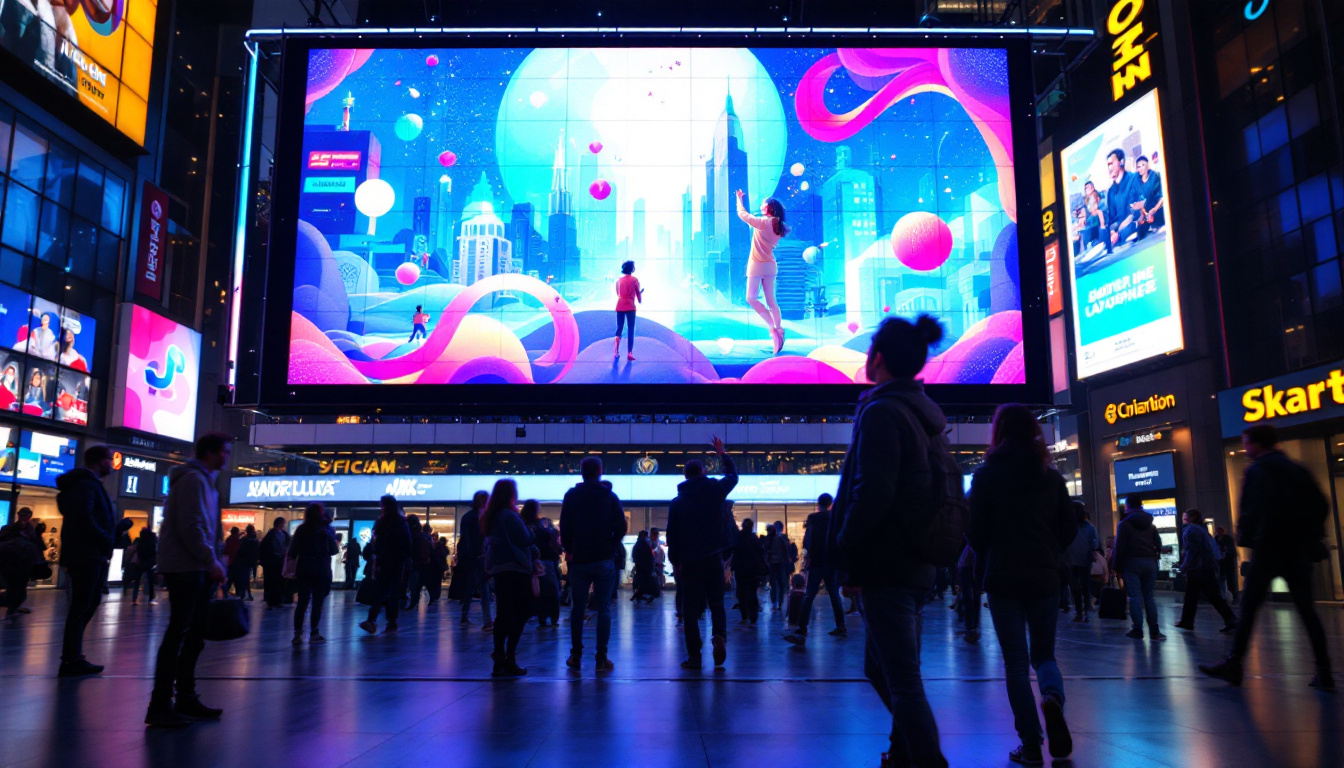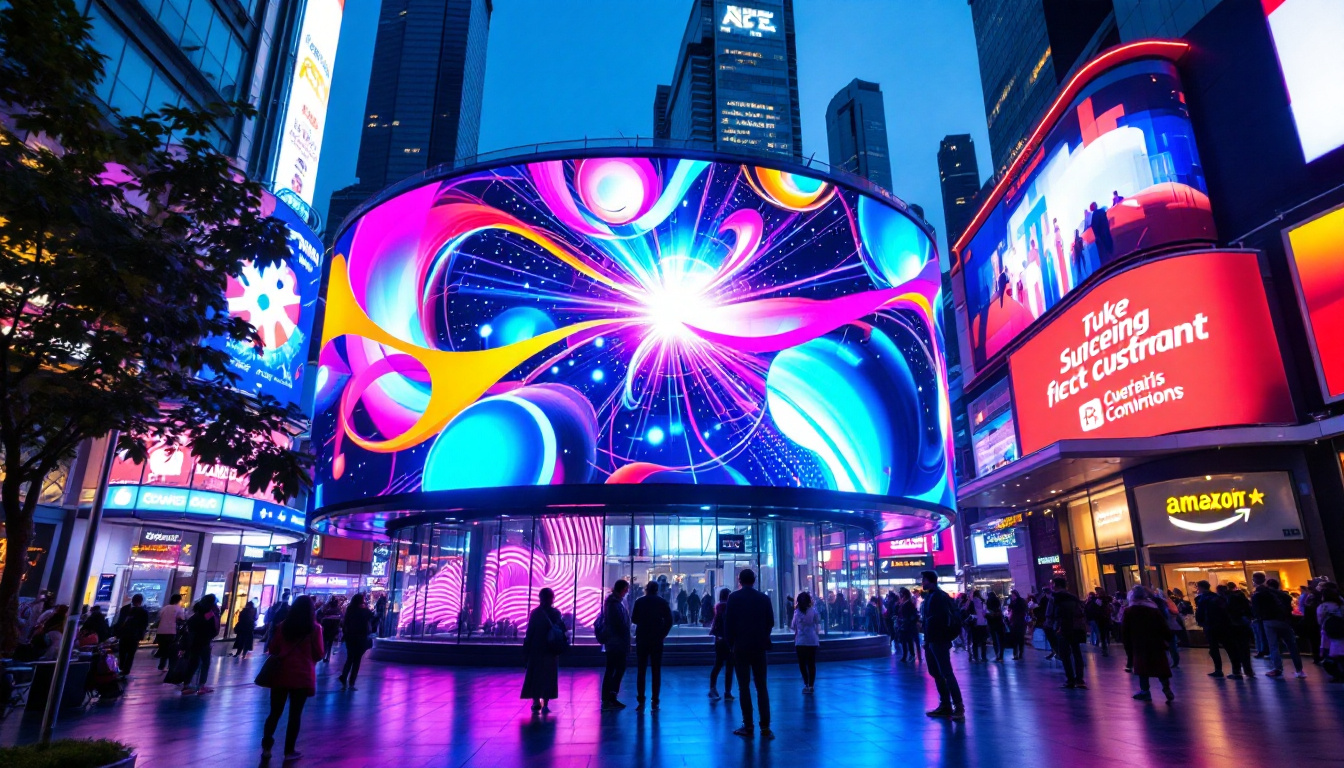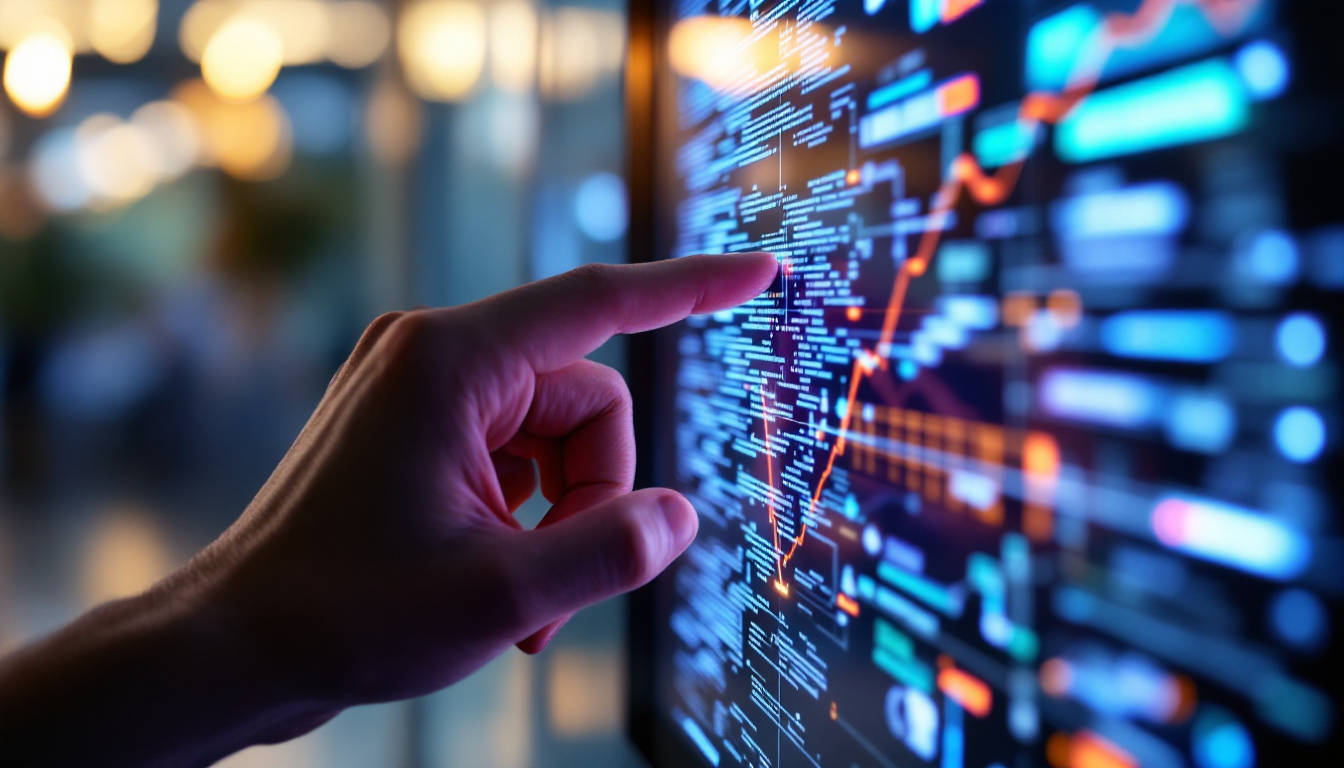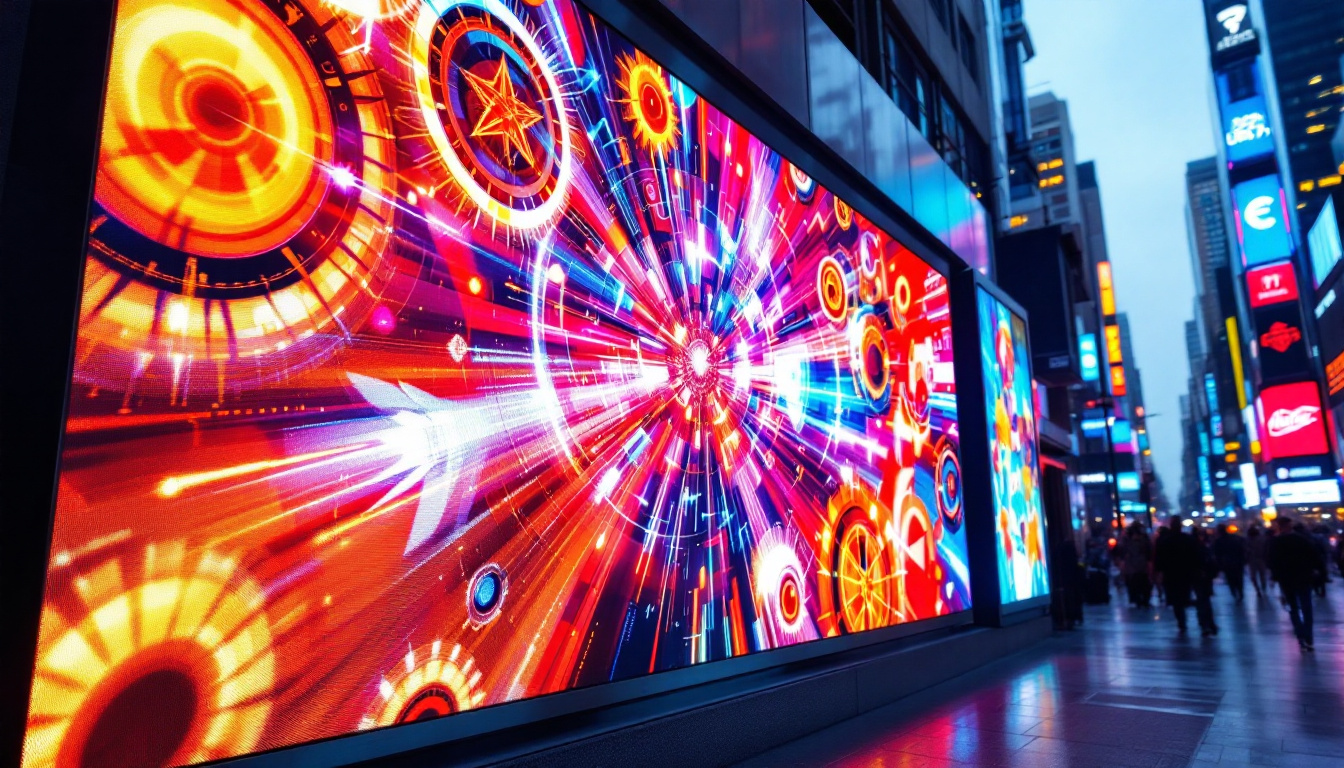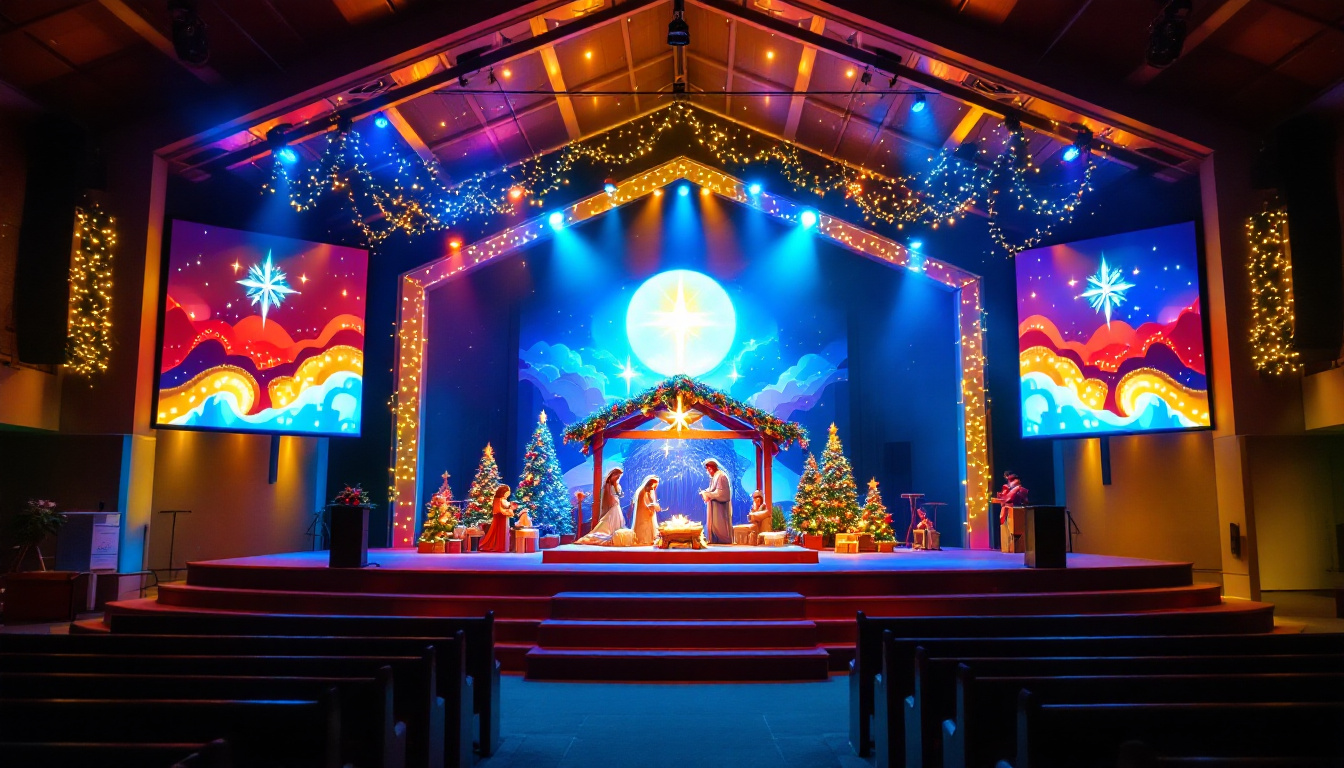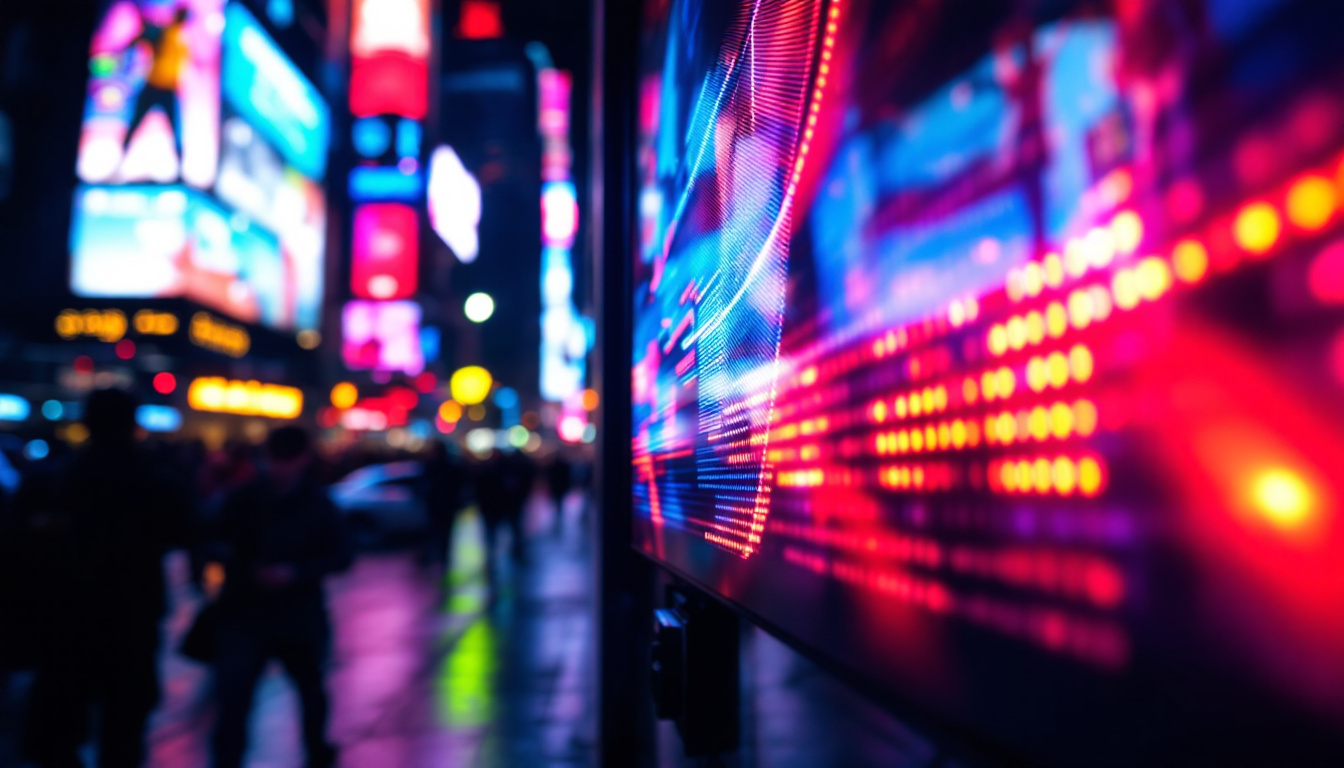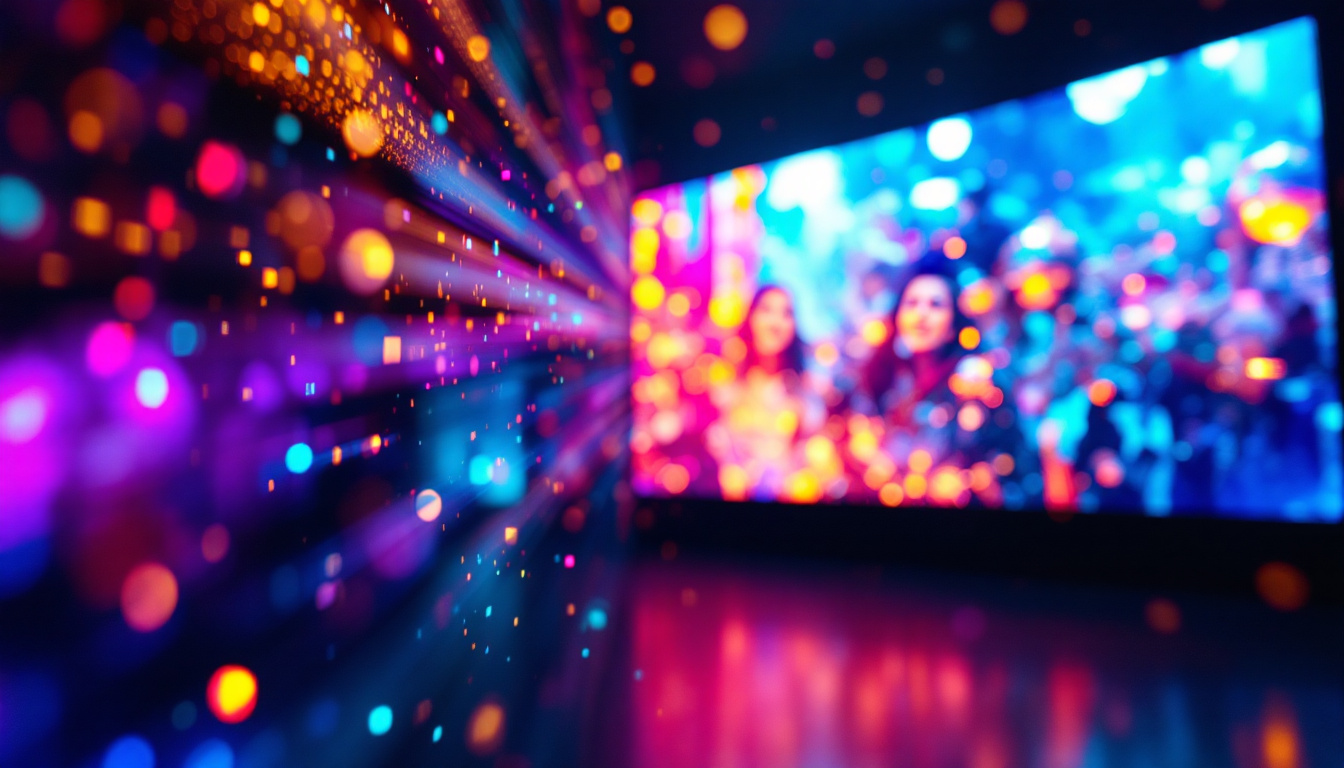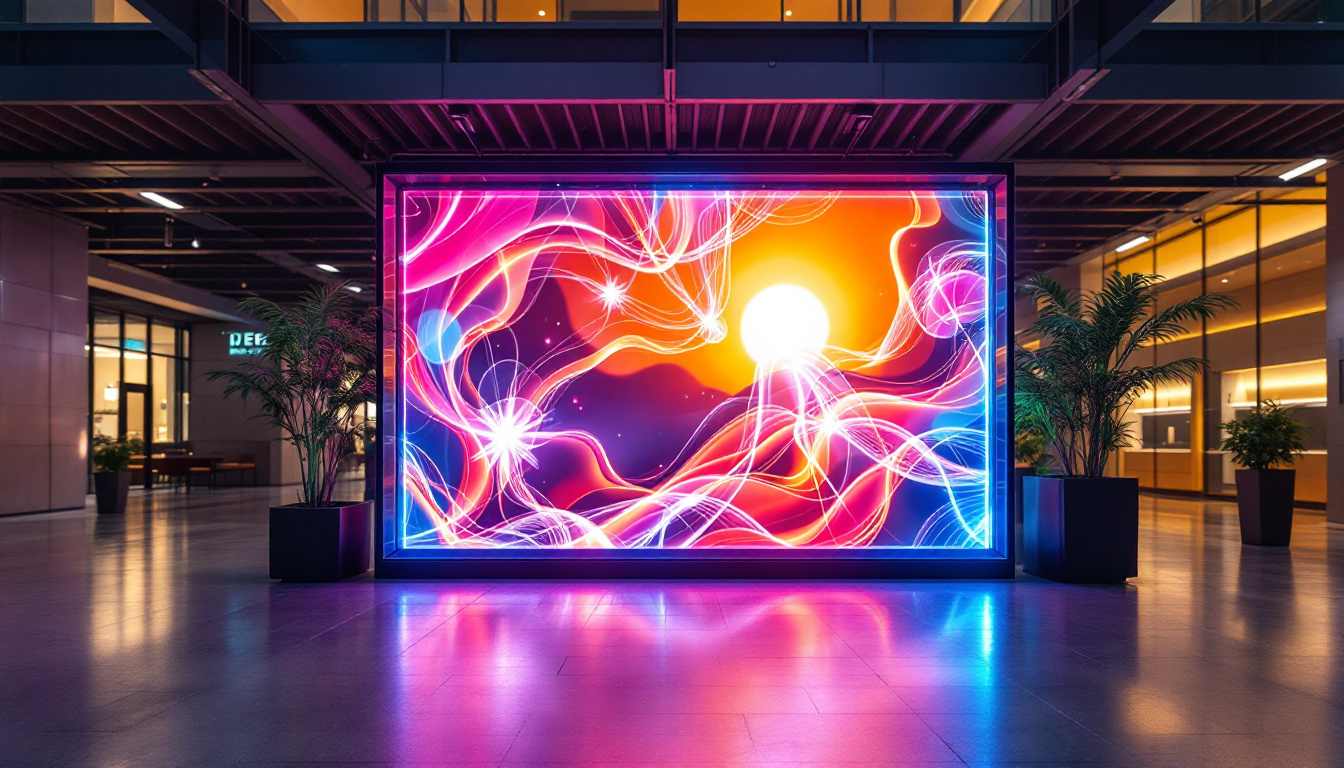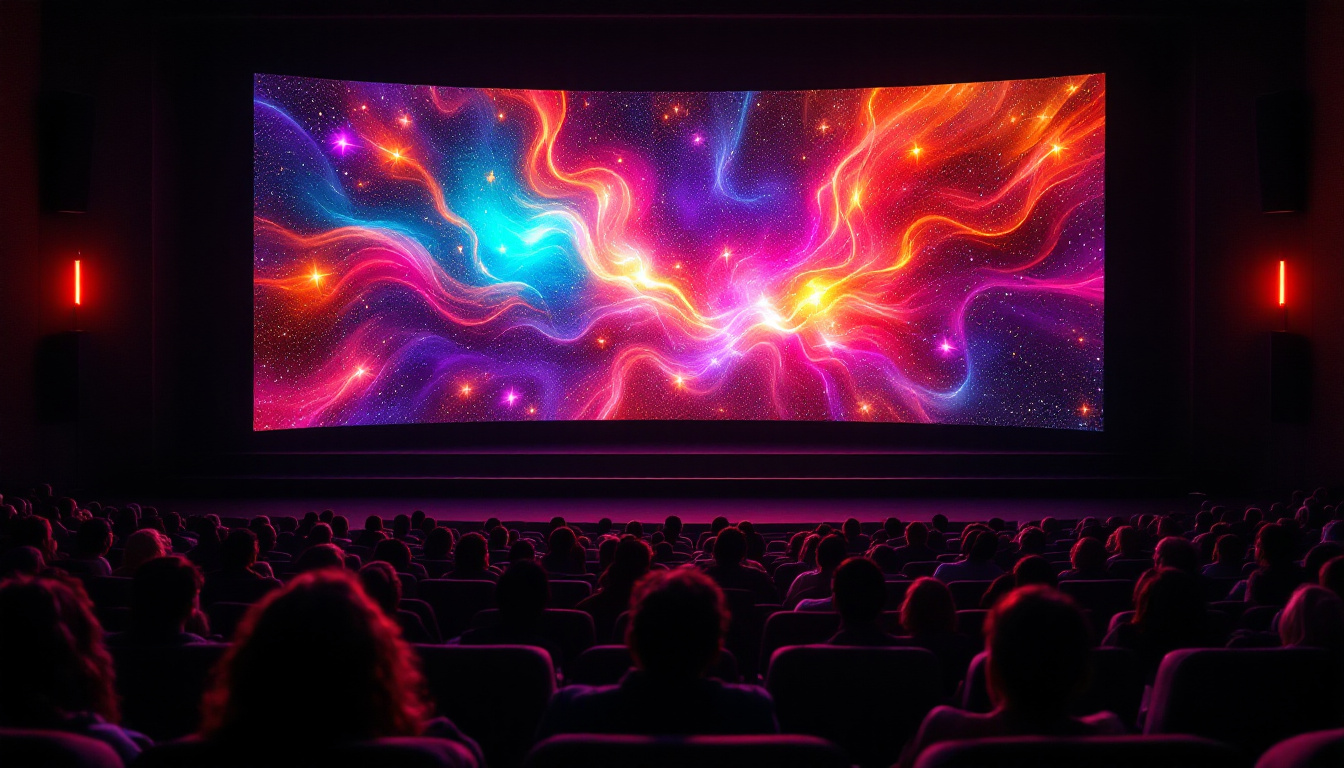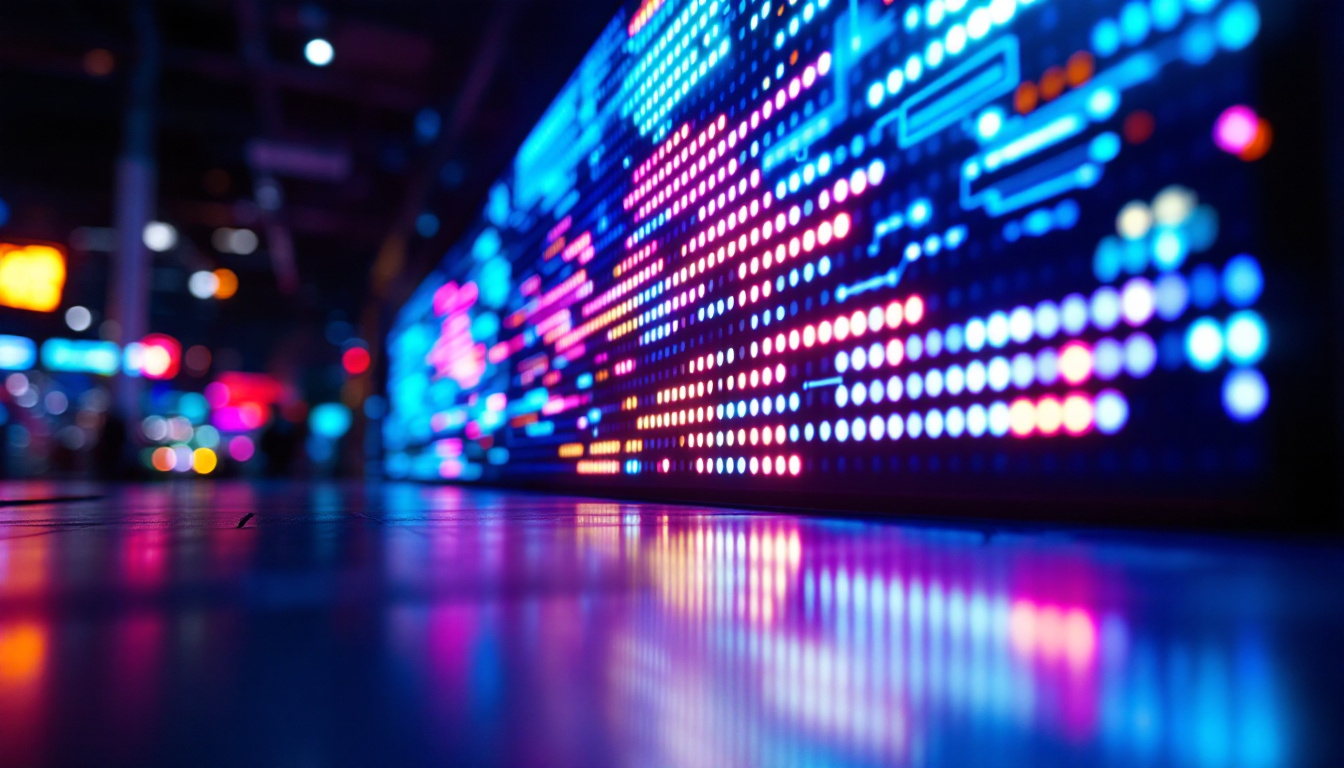In the world of advertising and information dissemination, LED displays have emerged as a transformative technology. These vibrant, eye-catching displays are not just tools for communication; they are powerful mediums that can enhance brand visibility and engagement. This article delves into the intricacies of LED displays, exploring their types, benefits, applications, and future trends.
Understanding LED Displays
LED, or Light Emitting Diode, displays utilize semiconductor technology to produce light. Unlike traditional display technologies, LED displays are known for their energy efficiency, brightness, and longevity. As a result, they have become a popular choice for various applications, from billboards to indoor signage. The rapid advancement in LED technology has also led to significant reductions in manufacturing costs, making these displays more accessible to a wider range of businesses and consumers. This democratization of technology has spurred innovation in design and functionality, allowing for more creative and engaging visual experiences.
How LED Displays Work
At the core of an LED display are tiny diodes that emit light when an electric current passes through them. These diodes are arranged in a matrix format, allowing for the creation of images and videos. The more diodes there are, the higher the resolution of the display. This technology enables vibrant colors and sharp images, making it ideal for advertising and information sharing. Additionally, LED displays can be controlled through sophisticated software, allowing for dynamic content that can be updated in real time. This capability is particularly beneficial for businesses that want to promote time-sensitive offers or events, as they can easily change the displayed information without the need for physical alterations to the signage.
Types of LED Displays
LED displays come in various types, each designed for specific applications. The most common types include:
- Outdoor LED Displays: These are designed to withstand harsh weather conditions and are typically used for billboards, stadiums, and large public displays. They often feature higher brightness levels to combat sunlight and ensure visibility from great distances, making them effective for capturing the attention of passersby.
- Indoor LED Displays: These displays are used in shopping malls, airports, and conference rooms, offering high resolution and brightness suitable for close viewing. Indoor displays often have a finer pixel pitch, allowing for clearer images and text, which is essential in environments where viewers are closer to the screen.
- Flexible LED Displays: These innovative displays can be bent and shaped to fit various surfaces, making them ideal for creative installations. Their adaptability has opened new avenues for artistic expression in advertising and event staging, allowing designers to create immersive environments that engage audiences in unique ways.
Moreover, advancements in LED technology have led to the development of transparent and semi-transparent displays. These types of displays allow for visibility through the screen while still showcasing vibrant content, making them perfect for retail environments where product visibility is crucial. As the technology continues to evolve, we can expect to see even more innovative applications of LED displays in various fields, including art, architecture, and entertainment, further enhancing the way we interact with visual media.
Benefits of LED Displays
The advantages of using LED displays are numerous, making them a preferred choice for businesses and organizations looking to enhance their communication strategies.
Energy Efficiency
One of the standout features of LED displays is their energy efficiency. Compared to traditional lighting solutions, LED technology consumes significantly less power. This not only reduces operational costs but also contributes to a lower carbon footprint, making it an environmentally friendly option. Moreover, many LED displays are equipped with smart technology that allows for automatic brightness adjustments based on ambient light conditions, further optimizing energy consumption and ensuring that the display is always at its most effective.
High Visibility and Brightness
LED displays are known for their exceptional brightness, making them visible even in direct sunlight. This high visibility ensures that messages reach a wider audience, which is crucial for outdoor advertising. The vibrant colors and sharp contrast further enhance the effectiveness of the displayed content. In addition, the ability to display dynamic content, such as videos and animations, captures attention more effectively than static images, allowing businesses to engage viewers in a more interactive manner.
Longevity and Durability
LED displays boast a long lifespan, often exceeding 100,000 hours of operation. This durability means less frequent replacements and lower maintenance costs. Additionally, they are resistant to shocks and vibrations, making them suitable for various environments, including busy public spaces. The robust construction of LED displays also means they can withstand extreme weather conditions, making them ideal for outdoor installations. This resilience not only ensures consistent performance but also enhances the return on investment for businesses, as they can rely on their displays for years without significant degradation in quality.
Applications of LED Displays
The versatility of LED displays allows them to be used in a wide range of applications. From advertising to information sharing, their adaptability has made them a staple in many industries.
Advertising and Marketing
In the realm of advertising, LED displays have revolutionized the way brands communicate with consumers. Dynamic content can be updated in real-time, allowing businesses to promote special offers, events, and new products instantly. This flexibility not only captures attention but also drives engagement. Furthermore, the vibrant colors and high brightness of LED technology ensure that advertisements stand out, even in brightly lit environments. Brands can leverage this technology to create eye-catching visuals that resonate with their target audience, often leading to increased foot traffic and sales.
Information Dissemination
LED displays are widely used for information sharing in public spaces such as airports, train stations, and shopping malls. They can display real-time updates, schedules, and important announcements, ensuring that the public is well-informed. The ability to change content quickly is particularly beneficial in emergency situations. For instance, during a flight delay or a natural disaster, LED screens can provide timely information that helps people make informed decisions. Additionally, these displays can be integrated with mobile applications, allowing users to receive notifications directly on their devices, further enhancing the flow of information.
Entertainment and Events
In the entertainment industry, LED displays play a crucial role in enhancing the audience experience. Concerts, sporting events, and festivals utilize large LED screens to display live feeds, graphics, and advertisements. This immersive experience not only entertains but also keeps the audience engaged throughout the event. Beyond just visuals, LED technology can synchronize with sound systems to create a cohesive audio-visual experience that captivates attendees. Moreover, as technology advances, we are seeing the emergence of interactive LED displays that allow audiences to participate in real-time polls or social media interactions, further blurring the lines between performers and spectators. This interactivity adds a new layer of excitement and involvement, making events more memorable and enjoyable for everyone present.
Future Trends in LED Display Technology
The LED display industry is constantly evolving, driven by technological advancements and changing consumer preferences. Several trends are shaping the future of this technology.
Smart LED Displays
As technology advances, LED displays are becoming smarter. Integrating IoT (Internet of Things) capabilities allows for real-time data analysis and content customization based on audience behavior. This means that businesses can tailor their messages more effectively, increasing engagement and conversion rates.
Higher Resolution Displays
With the demand for high-quality visuals on the rise, manufacturers are focusing on developing higher resolution LED displays. Technologies such as MicroLED and MiniLED are paving the way for displays that offer unparalleled clarity and color accuracy, making them ideal for applications requiring detailed imagery.
Eco-Friendly Innovations
As sustainability becomes a priority for many organizations, the LED display industry is also focusing on eco-friendly innovations. This includes the use of recyclable materials in manufacturing and the development of displays that consume even less energy. Such advancements not only benefit the environment but also appeal to environmentally conscious consumers.
Choosing the Right LED Display
When considering an LED display for a specific application, several factors must be taken into account to ensure the right choice is made.
Purpose and Location
The intended purpose of the display plays a significant role in determining the type of LED display required. For outdoor advertising, a robust outdoor LED display is essential, while indoor settings may benefit from high-resolution displays. Additionally, the location’s lighting conditions should be considered to ensure optimal visibility.
Budget Considerations
Budget is often a crucial factor in the decision-making process. While LED displays can be a significant investment, their long-term benefits, such as energy savings and low maintenance costs, should be factored into the overall budget. It is advisable to conduct a cost-benefit analysis to determine the best option.
Vendor Reputation and Support
Choosing a reputable vendor is essential for ensuring quality and reliability. Researching vendors, reading reviews, and seeking recommendations can help in making an informed decision. Additionally, consider the level of support offered, including installation, maintenance, and warranty options.
Conclusion
LED displays are more than just a modern technological advancement; they represent a shift in how information is communicated and consumed. With their energy efficiency, durability, and versatility, LED displays are poised to dominate the advertising and information dissemination landscape for years to come. As technology continues to evolve, the possibilities for LED displays are limitless, promising exciting innovations that will further enhance their impact on society.
In a world where attention is fleeting, LED displays offer a dynamic solution to capture and retain interest. Whether for advertising, information sharing, or entertainment, the benefits of LED technology are undeniable, making it an essential tool in the modern communication arsenal.
Illuminate Your Message with LumenMatrix
Ready to elevate your brand’s presence and captivate your audience with stunning visuals? Discover LumenMatrix’s innovative LED display solutions, where cutting-edge technology meets creative design. From Indoor and Outdoor LED Walls to specialized displays for vehicles, sports, and even floors, LumenMatrix offers a diverse range of options to bring your vision to life. Embrace the future of visual communication and make a lasting impression. Check out LumenMatrix LED Display Solutions today and transform the way you share your message with the world.

